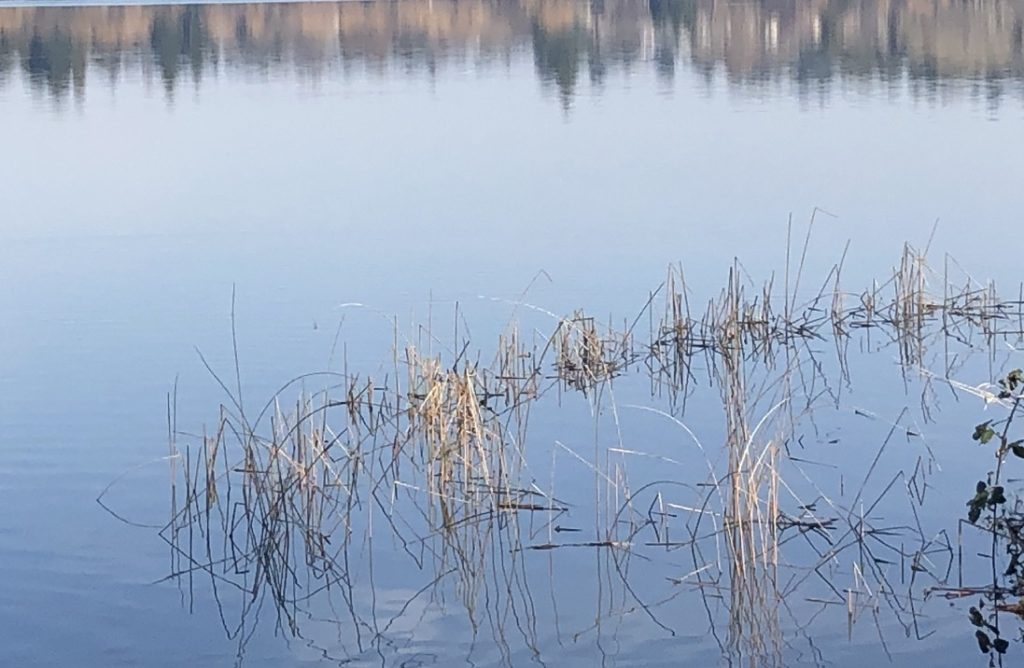The necessity of new means
How we live our lives, and the means by which we accomplish the ongoing details of life, have changed dramatically and suddenly. The whole notion of what is safe and what’s unsafe has flipped. Children can safely ride bikes in some parking lots (no traffic!), but greeting a friend with a hug is taboo.
Government guidelines in Washington State have wisely restricted interpersonal contact in hopes of slowing the coronavirus spread. Obviously, hands on Alexander lessons are inadvisable. A means unfamiliar to me, teaching via electronic platforms, has become necessary.
This electronic means is one I have previously resisted, to put it mildly. But if my intention is to learn and teach, who says I have to define means from previous conditions? Life has changed. Means must adapt.
In case this isn’t abundantly obvious, this sort of thinking can apply to anything. Who says we have to (fill in blank of activity) as we believe we have to do it? Here is our crisis-tunity to allow new solutions.
I am learning how to use my entire instrument of self with this new means (seeing my students with my eyes through a screen, rather through my hands). Reports to follow as to what I learn and how that might be useful to others.
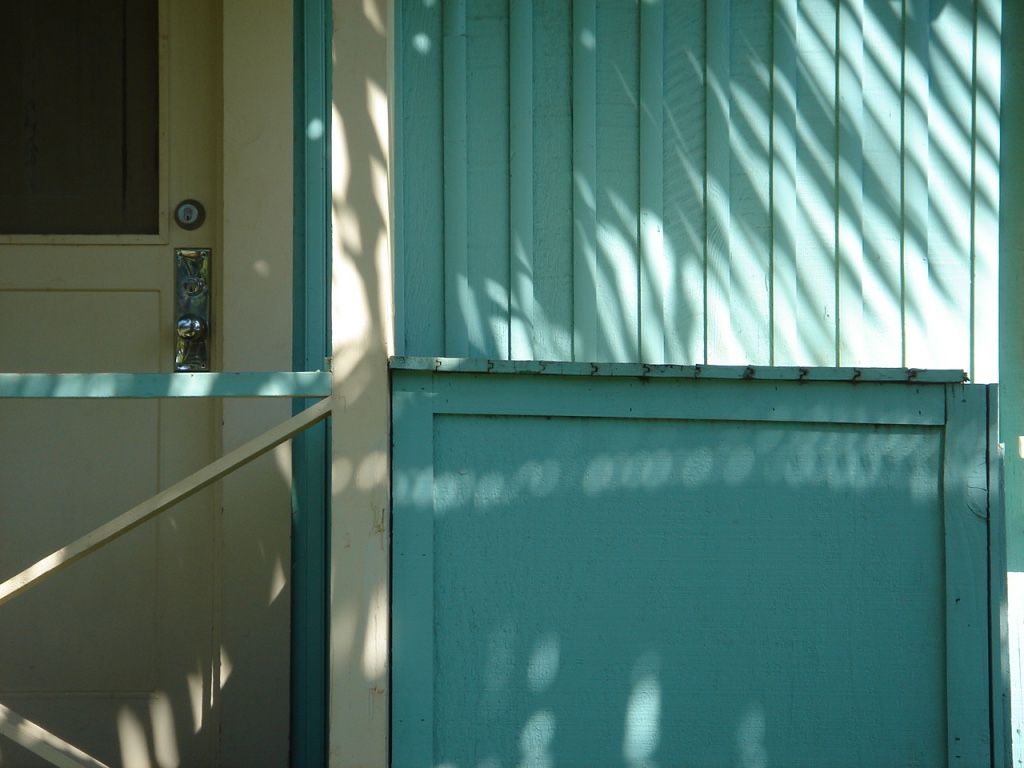
I’m Walking Here
Thankfully, we in Seattle are still allowed to walk outdoors under current government guidelines, as long as we maintain physical distancing from non-household members. Walking is my primary and preferred transport mode at all times. Currently, walking has become a coping strategy, data collection mode, and a rhythmic procedure for overall balance.
Coping strategy:
These are anxious times. We have a combination of deepening uncertainty and a flood of information. Our familiar means of coping are either unavailable or drastically changed. In order to protect our communities, we have to physically disconnect from community. Remaining mostly at home day and night, either alone or with family members or roommates, rattles our habitual rhythm of independence and interaction.
I don’t walk to suppress, repress or deny anxiety. If I wasn’t anxious, there would be something very wrong with me. I walk to allow anxiety to both exist and move through me. While walking, I notice sensations that I label “anxiety”: furrowed brow, tight jaw, whirling and repetitive thoughts. Good, I have noticed my state of being, and now I can make choices.
While walking , instead of struggling to quiet anxiety (which has every reason to exist), I can ask to change my attention, and to allow a dynamic pause before I tighten further. I ask to attend to the scenery, cloud banks, tulips, birdsongs. I haven’t pushed anxiety down, I have lifted attention up and out. It’s a dynamic pause in motion.
Data collection:
Walking provides information on how I am doing what I am doing. What i want is a unified field of self, a balance of tone that moves me through all aspects of living. If my walk seems to do itself, as though the earth’s rotation rolls me easily along, then my overall condition of self feels easier. If I experience the walk as a trudge or a march, the furrowed brow/tight jaw/ noisy mind combo is back in accelerated business. It all comes as a package deal. Once I notice my experience, I can make choices (where is the ground, where is my attention, how much less can I do/fix/be right?) and observe how the experience changes. Useful data!
Ideal rhythmic procedure:
Many Alexander procedures (chair work, table work, prone, hands-on the back of the chair) happen in the quiet of the teacher’s studio, without much actual distance covered in the course of a lesson. (There may be a lot of distance covered in perceptions, experience and insights, however ). The rhythm of breath and the unified connection of thinking with the entire self can underpin all activities. Walking provides an actual rhythm, in which we can experience relief and delight, even and especially in these strange and trying times.
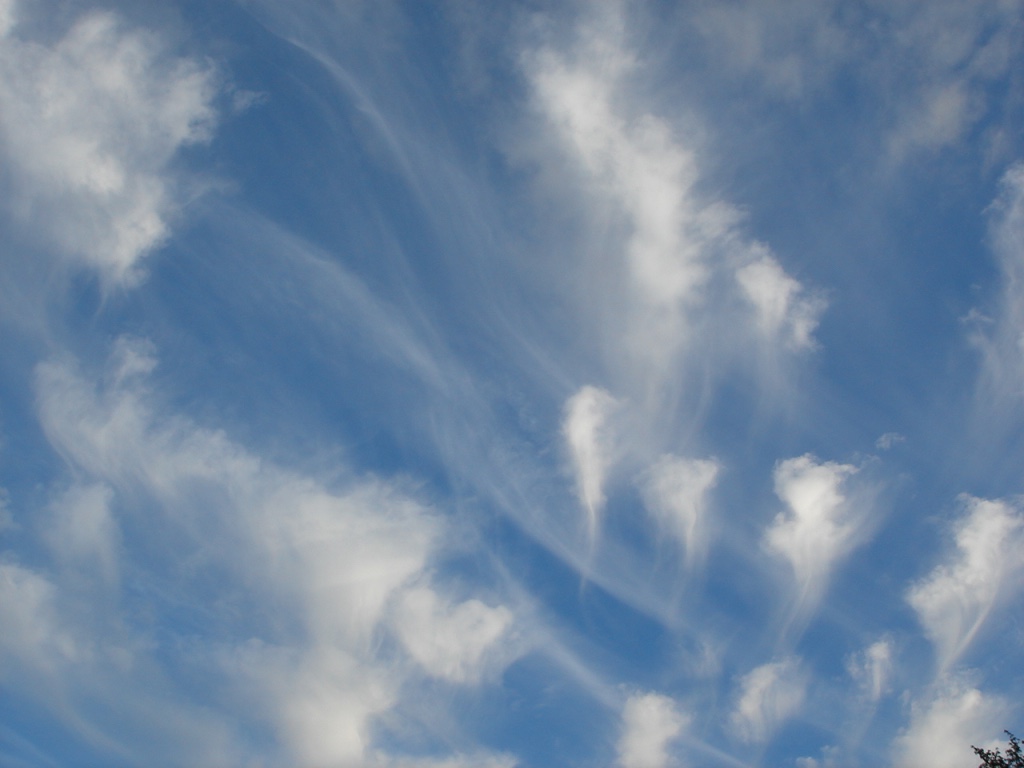
Allowing Time to Learn
Time is redefined in these surreal and challenging times. Normal work schedules may have evaporated or accelerated. and family needs may have shifted to a new gear. Anxiety can be accompanied by a sense of urgency and rush. Unstructured time can untether us from our previous coping strategies. It’s hard to recall the day of the week, or how long we have been in this slow motion disaster.
In addition (as if the above wasn’t already too much), we may have to learn new technologies and choose fresh means of calming and enlivening in the spiral between uncertainty and information overload.
We have plenty to learn, and will have to keep on learning in an Accelerated Program. We didn’t sign up for this, but we are enrolled anyway.
From an Alexander point of view, we learn best and most effectively welcome new means if we allow time. “I have time” has a far different psycho-physical outcome (thought/sensation/emotion/movement) than the thought “I don’t have time”. The dynamic pause to allow time and to refuse to rush requires only a moment, although we may have to gently and cheerfully repeat our request to ourselves.
Walter Carrington said in his training course lectures, “You have time to free your neck even if the house is burning down around you”. We can move through these weird days more effectively, and find our best means, if we allow ourselves the generosity of unhurried time, even for a moment.
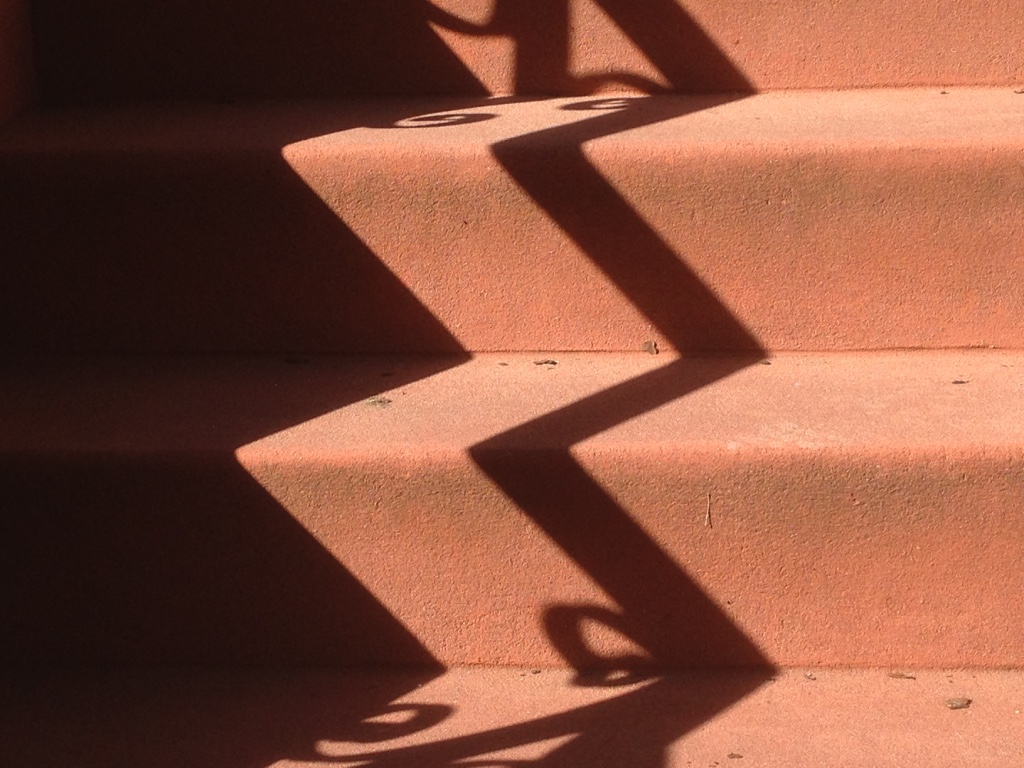
From Undoing to Doing (without doing too much)
Some definitions of terms:
Undoing: a dynamic request for less tension (I have noticed tension and want less)
Doing: indirect activation of balanced tone and support (I want to do something, solve a problem, rise from a chair, write an email, practice my instrument, etc)
Undoing is not deadening or “relaxing”. It is prioritizing lively quiet as our means on the journey toward doing. Doing is not exertion, but an open welcoming of broader support. We welcome the ground and the volume of breath as our ongoing connections.
We can develop a new stamina for active allowance/undoing as the basis of activity. True support is often invisible, and may seem “wrong”, as deeper systems below our perception are activated and external muscles quiet. We may not believe we are “doing” enough, when in fact we were in all likelihood doing too much previously in a habitual manner. Doing too much has become our “normal”.
We have typically learned how to learn from effort, not from ease. Now is a crucial moment to amplify ease as our means. We don’t have to know how an activity happens; we have to know how to get out of the way so the activity can do itself. Happy curiosity (a quality of great usefulness in our current crisis) keeps us from judging/criticizing as we move through our activities. The question becomes one of learning rather than of concluding.
Where is the ground? Where is my attention? How much less can I fix/do/be right?
We are unified fields of self, integrated, inseparable systems of thought, movement, sensation, emotion. If we can bring even a micro-moment of happy curiosity to our life’s activities, we can gain confidence and growing skill in undoing as our means to doing (without doing too much).
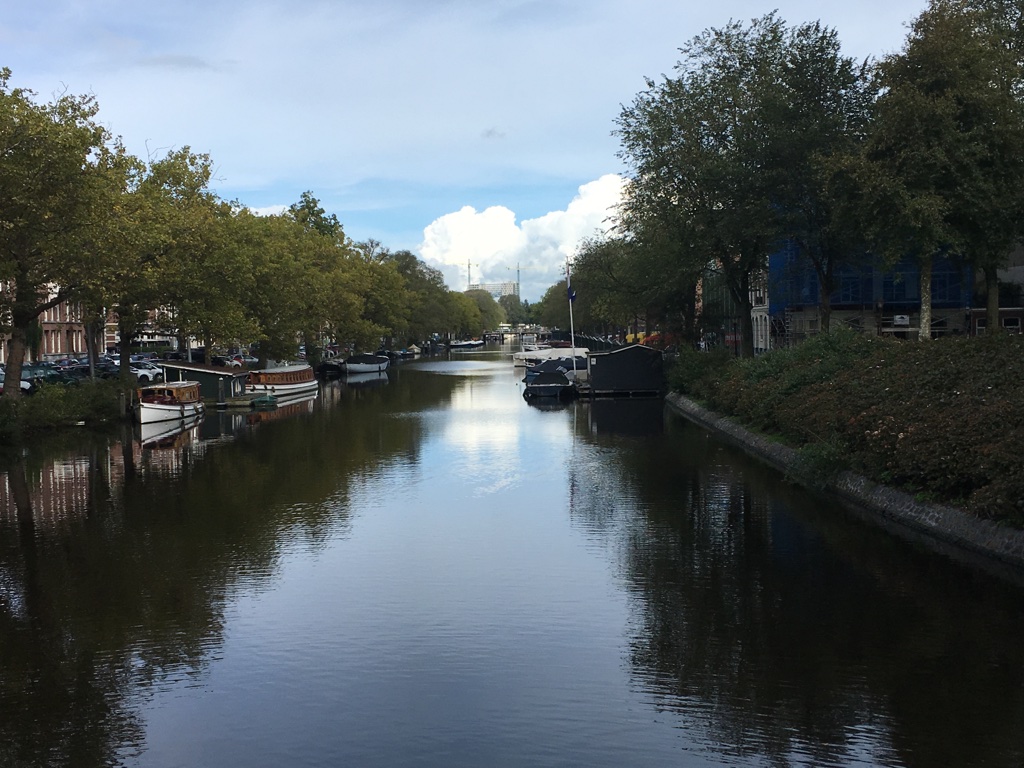
Falling Up in Free Fall
It’s not just each of us in the blur of free fall, it’s all of us. We are in a collective trapeze act as we swoop through the daily uncertainties. Perhaps we can establish some active stillness in the blur, an “instrument of self” safety net of sorts.
A suggested beginning is a generous tenderness toward ourselves that may require reducing news intake. If I can’t allow my limbs to undo out of my back, and my thoughts to easily rise and see the world while taking in news, then it is time to turn news off, leave it unread, switch to music or welcome silence. I want to know enough to be safe and effective for my community, but more than that may be too much just now. If the stimulus of news is beyond my constructive response, then reducing news is a conscious and necessary choice. This is not a report card on my fortitude, but a gentle welcoming of the tender time in which we all find ourselves.
I’d prefer to remain elastic. Less news gives me a chance. I can adjust as needed if I allow a dynamic pause.
In that dynamic pause (not a freeze, or a stop), I can recall that I fall up from the ground, wherever the ground meets me. The less I compress, collapse, tighten, stabilize myself, the more breath supports and expands me, in a rhythm that responds to all of me, everything that I see, hear, think, feel. We are integrated systems of inseparable signal flows, our own trapeze acts of complexity and purpose.
Even pausing for a moment to request “on the ground springing up” as an overall condition can shift our brain state. Gravity is everywhere, ready to support stillness, movement, and breath.
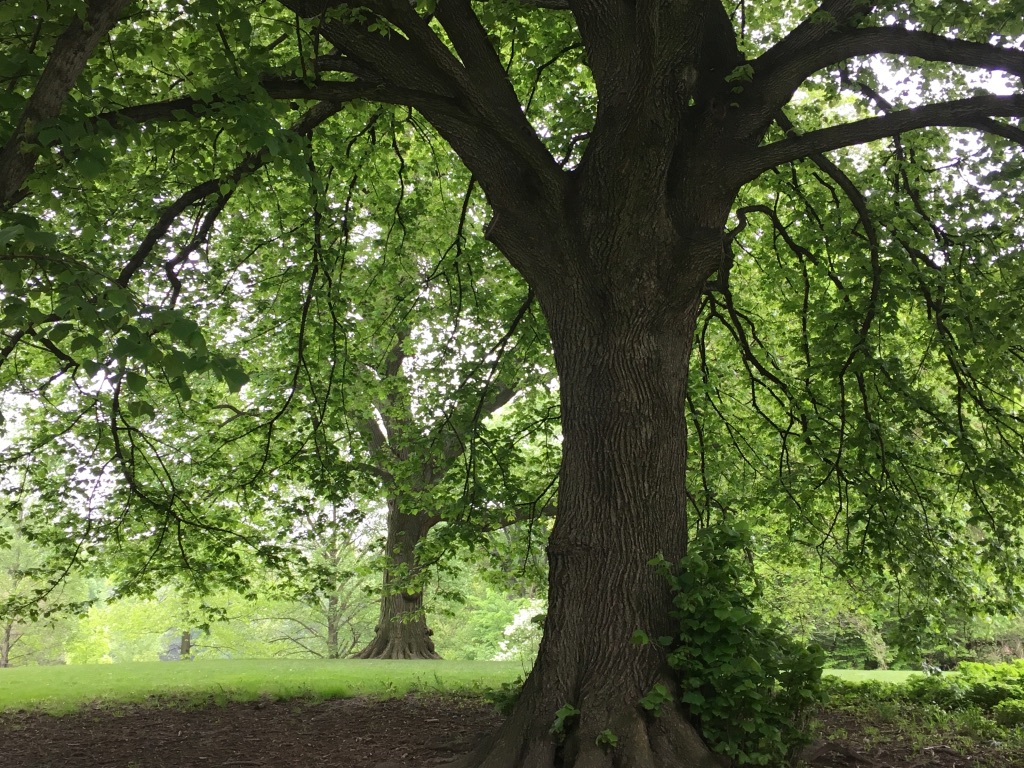
It’s Not What You do, It’s What You Don’t Do
Other than adhering with dedication to physical distancing directives (it’s for all of us, people), there is little effect we can have on how much our lives are dramatically changing. We are surfing in conditions we have never previously known.
Gathering data from experience informs us on how we do what we do, so we can decide not to do what we do, and then a new thing can happen. Let’s say I’d like to reach a vase high on a shelf, and I need to come up on my toes to do that. A dynamic pause gives me a window to notice how much tension and preparation I believe is necessary. Another dynamic pause provides time to cheerfully, non-critically refuse to make those preparations. Maybe I don’t have to do any of what I have now noticed. I see the vase, and my attention leads me up on my toes with invisible support and overall elasticity. The effort I had believed necessary evaporated, and the more interesting work became not making it hard in the way I thought it had to be hard. My means has become a happy curiosity rather than a fear of being wrong.
Refining the instrument of self in daily activity won’t change the upheaval of the times in which we are living, but we may learn how to learn as we hang 10 on the wave. We rise to demand.

Pace and Space
The rhythm of life has shifted.
Most of us are in reinvention mode, doing our best to construct lives in uncertainty. We have more time but less definition of time, too much distance from family and friends, and not enough space at home. What previously determined our pace/space of living (work, social gatherings, performance arts, the farmers’ market) has evaporated. We are not safely able to be physically close to our neighbors, friends, students, teachers, baristas, but we need one another more than ever. How can we best choose our constructive response?
Pace: I can move quickly on any level (mental, physical, emotional, all connected, of course) without hurrying. I can move slowly without freezing. If I don’t assign a particular value to pace, I give myself the time to allow pace to be determined by intention, attention and the small and large demands of living. I become more of a fluid instrument. My means outweigh my end. as my means are my experience. Rate of movement does not define me. I am a symphony of response to the sensory information of the world. Less of me, more of the heartbeat of the world.
Space: Gravity and the tides of breath support me, allow me a rhythmic flow (air) and a reliable steadiness (the ground). Breath nourishes my big brain designed to solve problems, a full emotional spectrum, and a sense of connection through air to the world beyond me. I undo my limbs out of my entire back (from pelvis to ears), ask for expansive quiet in the brain above my eyes. The volume of self becomes a breath wave, connecting the outside to the inside to the outside to the inside like a tide.
Who is writing this disaster movie anyway, and how do I best play my role? All we have is the instrument of self for connection, construction, creativity. We have a crisis-tunity to shift concepts of pace and space, so we can bring our best, most elastic selves to the drama and the symphony. We all play a part. We can welcome new pace and space for the best outcome for all
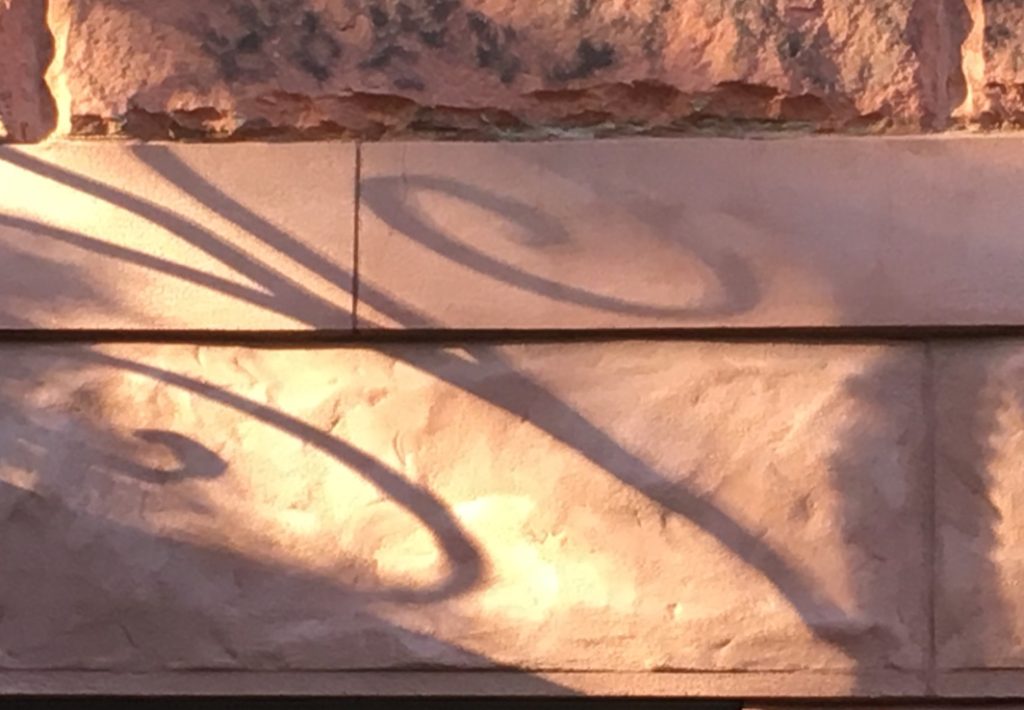
Welcoming uncertainty
Our current human experience overturns any notion of normalcy or certainty. For most of us, the structure of life has evaporated. Our typical means of coping with stress are likely unavailable. We are spending far more time with our families or roommates than usual, or we are far more alone than we would prefer. We may be anxious, bored, restless, lonely or needing more time alone. We seem to be in a free fall of recalibration and invention at the blurred pace of a slow moving tsunami. Where is our choice, our dynamic non-interference when the landmarks of daily routines crumble?
We always have our intention and attention as tools, and our instrument of self as both data-gathering and response system. We can notice what is outside ourselves and our own response to what is outside ourselves. We can refuse to fix, narrow or shorten, so that our entire instrument of self allows new solutions, both for ourselves and for our communities.
Fear can easily harden us into habitual and non productive reaction. We can’t pretend that we aren’t afraid, nor push fear down, but we can begin to choose a constructive response. It’s an evolving skill that we can pursue with happy curiosity, even in fearful times.
I know I am afraid because I pull my legs in, tighten through my upper arms, narrow my attention, and grip my jaw. There is no productive outcome in investigating why I am afraid, nor in questioning the validity of fear. My physiology has registered fear. Fear is happening. My response to these signals can also happen.
I would prefer to allow my entire back to breath, my limbs to undo out of my back, and my attention to broaden (notice I am not asking to “relax” anything. I want to remain dynamic, not asleep). I can ask the beautiful planetarium of my conscious brain to quiet, empty a bit, undo. I can ask my quieter brain to enliven and quiet all of me. I don’t run around myself “fixing” bits and pieces, I ask the planetarium to deliver instructions. Fear may well continue, but I can develop my own vocabulary of self in response. The world may be topsy turvy, but I can respond by increasingly elastic skills. It’s a circus of crisis-tunity, and we are in bootcamp response school.
Just think how much we can refine in this most demanding of times!
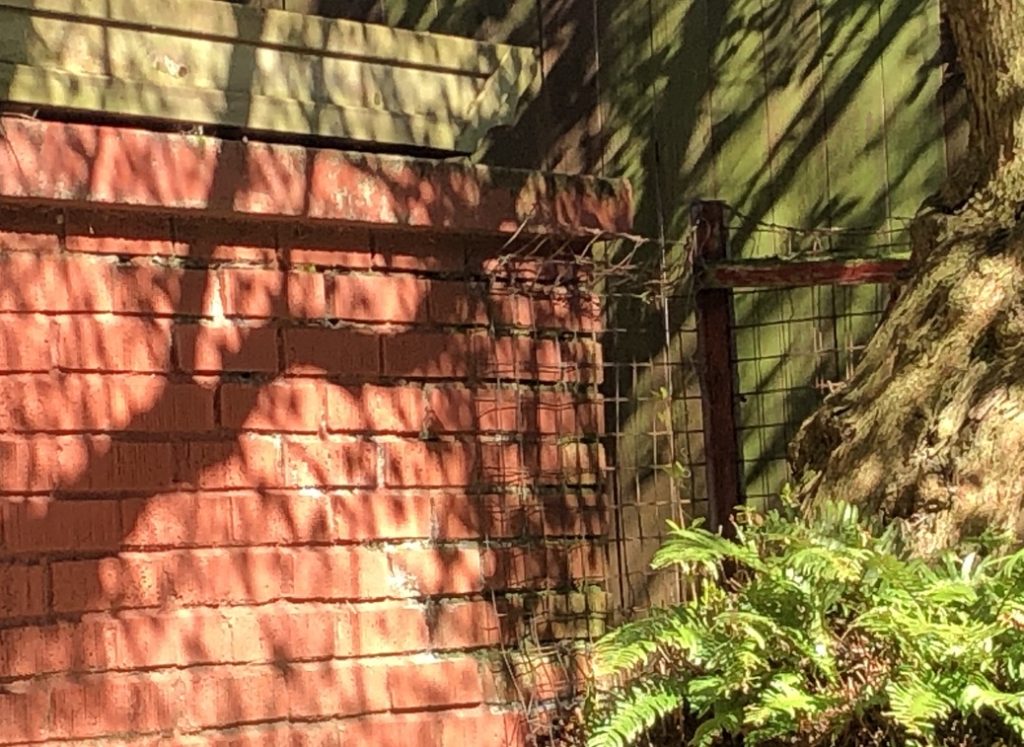
Lively Quiet in Uncertain Times
An essential beginning of rising to the many demands of our currently uncertain times is to quite simply want to remain effective, dynamic, engaged and elastic in our entire instrument of self. Most current events are out of our hands (except washing our hands to our favorite song du jour). Choice in response remains an endless exploration, as long as we are alive.
If we want to remain effective, dynamic, engaged and elastic, we begin from quieting. This does not mean freezing or retreating, but to request quiet throughout our entire self. A dynamic pause of even a few moments can shift mental chatter, calm muscular tensions, slow a racing heart and loosen a tight jaw. This request for quiet works best in conjunction with seeing and hearing the world outside yourself. Our brains, diaphragms, vestibular systems rely upon sensory information to calibrate response.
Here are some examples of how I gather data and make decisions in the interest of best outcome for remaining effective:
I notice my jaw is tight, as though I am holding the world and my life together with my teeth. I don’t want a tight jaw, and I know better than to change the jaw directly (direct change of a part never works), so I ask for overall quiet and connection to the ground, which is always there to support me. After some moments of cheerful requests for quiet, I am more keenly aware of birdsongs and tree blossoms and the faces of dear ones 6 feet away. My entire response has eased and expanded. A choice was made.
Sleepless worry disrupts much needed rest. Whispered ah and the thought that breath moves through my entire spinal system of curves, nourishing all of my systems, rocking me gently on a wave from within and without….the mental/emotional chatter retreats, my overall bracing undoes and sleep embraces me.
A furrowed brow and mental spin indicate information overload. I turn off the radio, leave the news unread, and dance around the apartment like a wild maniac. Laughter and vigor dispel the gloom, at least for now. Easy enough to repeat the wild dancing!
Creative solutions elude me. I notice I am all up in my forehead as though my facial muscles can find the answers. A dynamic pause allows me to notice gravity coming through my feet and sitting bones, eliciting internal, invisible support through my torso, allowing my limbs to undo out of my entire breathing back. A sense of global connection for this time in which we are living moves through me.
Solutions for each of us and all of us depend on our own refinement in response. We are integrated beings, inseparable in our own emotional, mental and physical systems. Now is the time to make our best integration possible, for the sake of the wider community beyond us.
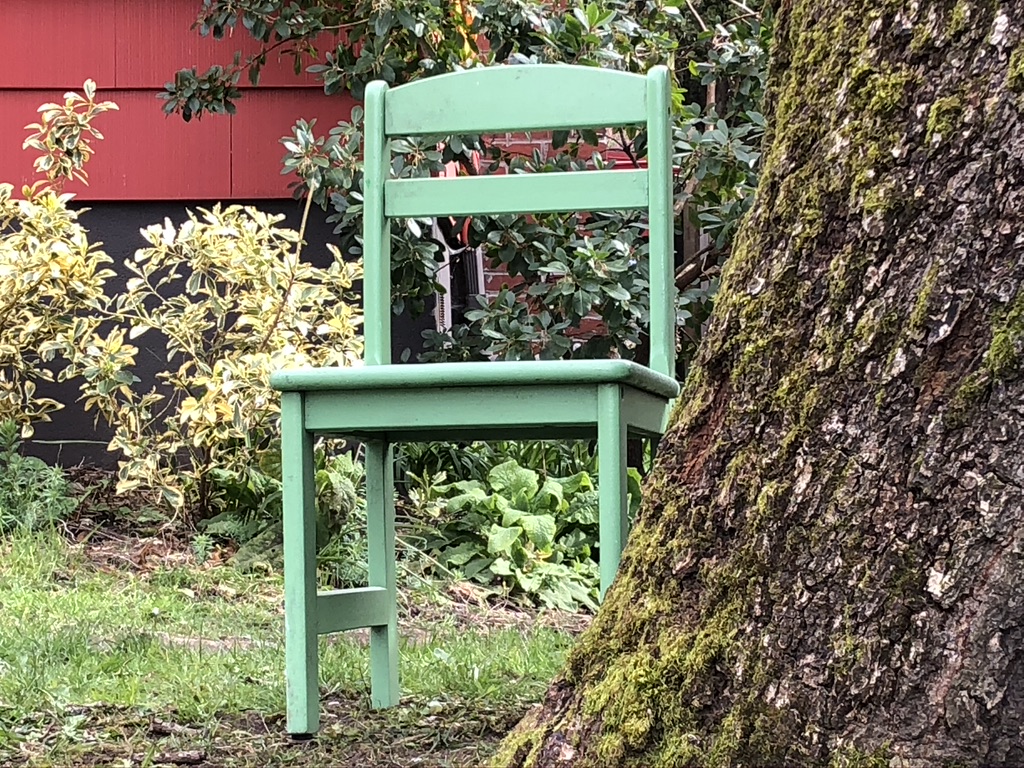
New era, new skills
Rising to demand as an intention and skill is essential in our present moment. Our dynamic area of effective choice is in our use of the entire instrument of self, and how we refine that instrument in response to an unrolling set of challenges.
If we can calm ourselves, even in distress, we can dynamically contribute to solutions. The following questions may give each of us the experiential data and insight to best proceed.
- Where is the ground? (No matter where the ground meets me, I spring easily from the ground)
- Where is my attention? (Is that where I want my attention to be?)
- How much less can I do/fix/be right? (Can I allow new solutions by not being right?)
Examples in application of above:
- Reaching for last item on a high grocery shelf: the ground receives my entire weight through my feet and sends my arm up. My attention includes the space around me and the ground coming up through me. I can try less to reach the thing, and allow more of an entire response. I have time to reach the thing on the shelf.
- Unstructured time: Walking: gravity (the ground) is always and everywhere available to send me up even if time is unstructured. I can walk and allow the ground to send me into motion. While walking my attention is easily external. I welcome the sound and light waves of the world. I forget about doing/fixing/being right and let the world walk me
Gravity/attention/undoing becomes a means of remaining dynamically effective, so that we can best care for ourselves and our communities.
